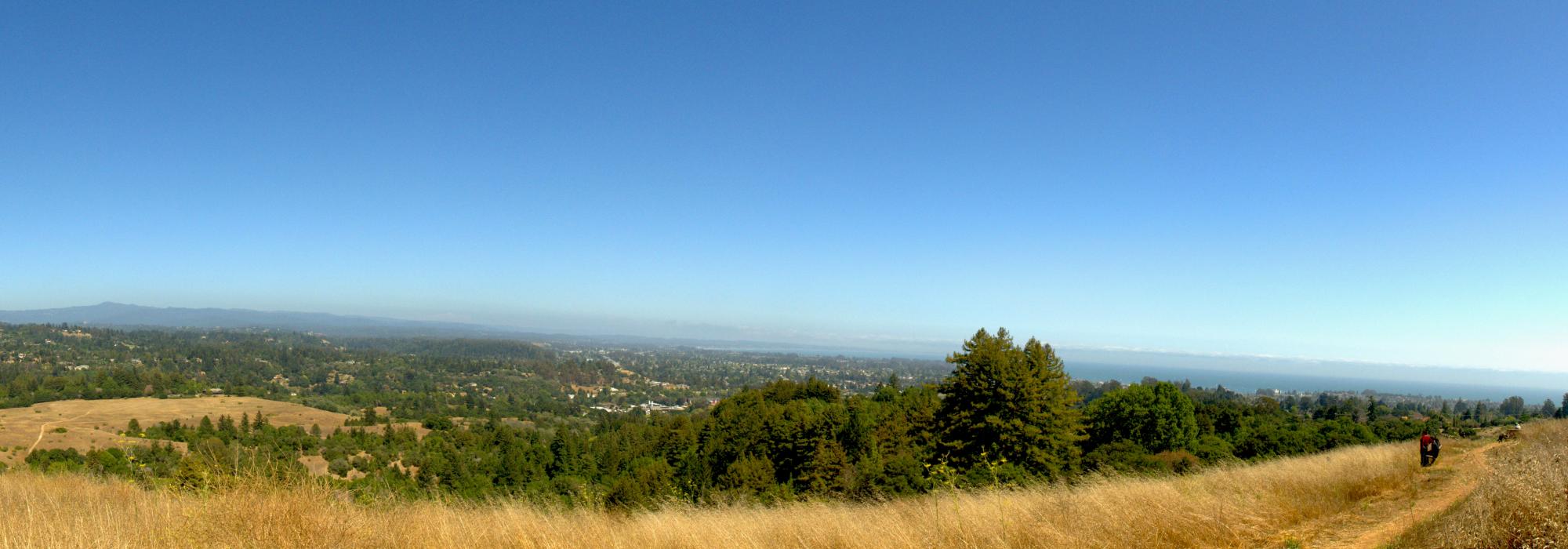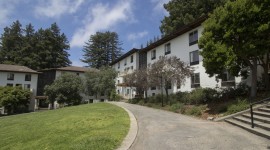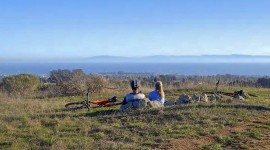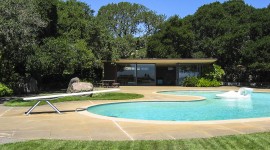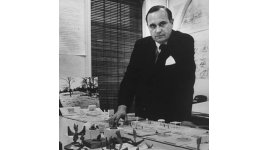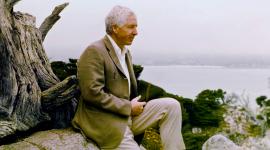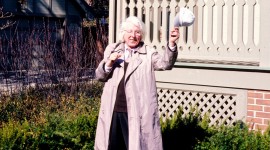U.C. Santa Cruz Set to Develop Its East Meadow
On March 14, 2019, the University of California regents conditionally approved a highly contentious plan to develop the East Meadow of the 2,030-acre University of California Santa Cruz campus (UCSC). The campus, which is situated amid an expanse of rolling hills, redwood forests, and wide-open meadows, was planned by landscape architect Thomas Church and architect John Warnecke and features the designs of some of the most iconic landscape architects of the twentieth century. The project, floated in a bid to add much-needed student housing and cope with increased enrolment, has been fervently opposed by a coalition of faculty, 44 prominent alumni, former regents, and officials who believe the development of the meadow is a radical departure from the land-use philosophy that has governed and shaped the campus from its inception.
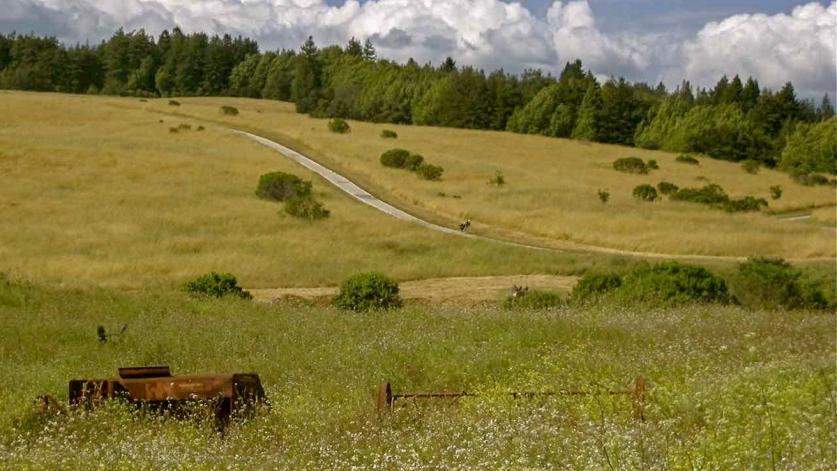
According to the Santa Cruz Sentinel, the regents have nevertheless expressed skepticism at claims made by the campus administration regarding the high cost associated with alternate sites and have further stated that their approval is contingent on a detailed financial review over the next month. University regents Hadi Makarechian, George Kieffer, and Lark Park will review the university’s confidential financial projections to decide whether approval should be revoked. Although the administration claims that all alternatives have been thoroughly considered, repeated calls from critics to make the cost-and-benefit analysis public have gone unheeded. Some 140 units of student-family housing in 35 apartment buildings would be built on the conspicuous, seventeen-acre East Meadow site, alongside an expanded child-care center. The proposal is contrary to the dictums of the 2005–2020 Long Range Development Plan (LRDP), which mandates that planning endeavors work to preserve the surrounding natural landscape.
Critics are concerned that the project would also set a precedent of adversely affecting the existing visual and spatial relationships that characterize the campus’ unique cultural landscape, as well as disrupting the iconic campus gateway. Although the need to build new housing for an increasing student population is undisputed, the project makes inefficient use of scarce buildable land, with its East Meadow component using 57 percent of the land in the project area for less than five percent of the housing deficit.
Meant to occupy only designated portions within the campus’ expansive, natural landscape, the university’s buildings are sited on a series of marine terraces that rise nearly 900 feet from the main entrance in the south to the northern boundary. The East Meadow is a prominent feature just within the southern entrance, where undeveloped meadows roll down from the forest edge to form a dramatic foreground to the larger landscape beyond. The central campus begins where the meadows and forests meet—a landscape defined as an ‘ecotone’—and extends northward into the forested lands. At the center is the academic and service “core” of the campus, which is surrounded on three sides by the ten residential colleges constructed within walking distance of each other and connected by narrow, curvilinear drives and walking paths adapted to the hilly terrain.
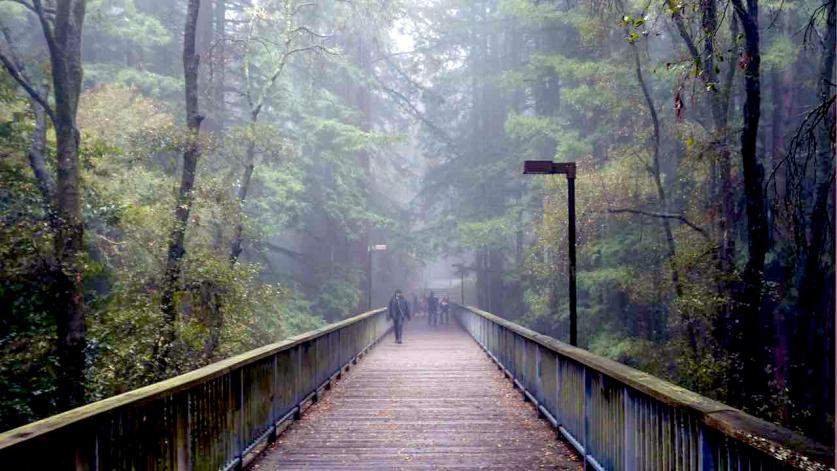
The colleges were planned by myriad design teams that included prominent landscape architects, such as Lawrence Halprin (Stevenson, Cowell, and Crown Colleges), Thomas Church (Porter College and the main library), Dan Kiley (Kresge College), Eckbo, Dean, Austin and Williams (Classroom Unit 1), Royston, Hanamoto, Beck & Abey (Merrill and Oakes Colleges, and the Upper Quarry Amphitheater), and Douglas Baylis (natural science buildings). The academic buildings in the densely forested center are imposing but not monumental, constructed of reinforced concrete with solid bases, vertical columns, and copper roofs.
TCLF enrolled the campus in its Landslide program in December 2018, when it was alerted to the threat to the East Meadow and the integrity of Thomas Church’s original design intent. A petition to halt the development has gained more than 80,000 signatures, and a local advocacy group, the East Meadow Action Committee, plans to pursue litigation if the project is approved.



